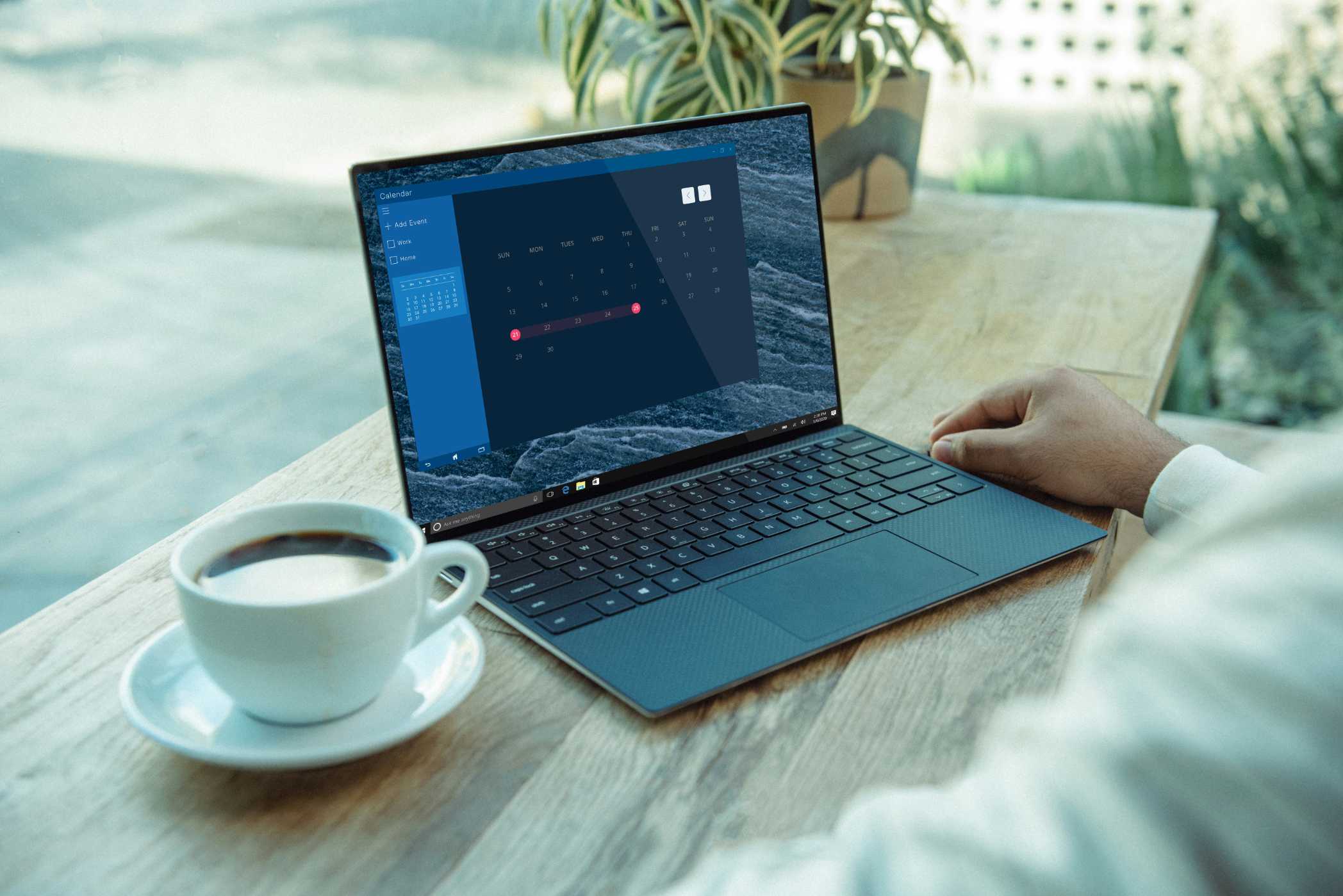The Comprehensive Guide to Ethereum Rollups and Scaling Solutions
A complete analysis of Ethereum's scaling solutions, focusing on Optimistic and ZK-Rollups, their architectural differences, and their impact on the future of dApps.

Introduction: Ethereum's Scaling Imperative
Ethereum's success has been a double-edged sword. As the dominant platform for DeFi, NFTs, and dApps, its popularity has led to intense competition for its limited block space. This has resulted in high gas fees and slow transaction times, making the network prohibitively expensive for many users and applications. To fulfill its destiny as a global settlement layer, Ethereum must scale. This has led to the development of a rich ecosystem of "Layer 2" (L2) scaling solutions, with rollups emerging as the clear winner and the cornerstone of Ethereum's future.
This guide provides a comprehensive analysis of Ethereum rollups. We will explore the fundamental principles behind this powerful scaling technology, break down the key differences between the two main types—Optimistic Rollups and Zero-Knowledge (ZK) Rollups—and examine their impact on the Web3 landscape.
For developers, users, and investors, a deep understanding of rollups is no longer optional. They are the engine that will enable Ethereum to handle a global scale of activity, unlocking new possibilities for decentralized applications. This guide will equip you with the knowledge needed to navigate the L2 ecosystem and understand the profound architectural shifts that are securing Ethereum's future.
The Core Principle of Rollups: Off-Chain Execution, On-Chain Data
At its core, a rollup is a separate blockchain that inherits its security from the Ethereum mainnet (Layer 1). The fundamental innovation of rollups is the separation of concerns:
- Execution is moved off-chain: Transactions are processed and executed on the high-speed L2 rollup, not on the congested L1. This is what allows for a massive increase in throughput and a dramatic reduction in fees.
- Data is posted on-chain: The rollup bundles thousands of L2 transactions into a single batch and posts a compressed version of this data back to the Ethereum mainnet.
This second point is the most crucial. By posting the transaction data on-chain, the rollup ensures data availability. This means that anyone can independently verify the state of the L2 by simply looking at the data published on the L1. This is what allows the L2 to "inherit" the security of Ethereum. If the rollup operator were to go offline or act maliciously, a new operator could reconstruct the state of the L2 from the on-chain data and resume operations. This is the key difference between a rollup and a "sidechain," which does not post its data on-chain and therefore has its own separate security assumptions.
The primary divergence in rollup design comes down to one question: How does the L1 know that the transactions executed on the L2 are valid?
Optimistic Rollups: The Trust-but-Verify Model
Optimistic Rollups, such as Arbitrum and Optimism, operate on a security model that can be described as "innocent until proven guilty."
How They Work
When an Optimistic Rollup sequencer posts a batch of transactions to the L1, it optimistically assumes that all the transactions are valid. This initiates a "challenge period," typically lasting seven days. During this window, any independent validator can check the transactions. If they find one that is invalid, they can submit a "fraud proof" to the L1. A smart contract on Ethereum then acts as a referee, re-executing the transaction to verify the fraud. If the challenge is successful, the fraudulent batch is reverted, and the sequencer is penalized. If no valid fraud proof is submitted within the challenge period, the batch is considered final.
Pros and Cons
- Pro: EVM Compatibility. Optimistic Rollups are generally fully compatible with the Ethereum Virtual Machine (EVM). This makes it very easy for existing Ethereum dApps to migrate to an Optimistic L2 with minimal code changes.
- Con: Long Withdrawal Times. The seven-day challenge period is a major drawback for user experience. To withdraw funds from an Optimistic Rollup back to Ethereum, a user must wait for this period to end. This has led to the rise of third-party "liquidity bridges," which offer instant withdrawals for a fee, but they introduce their own trust assumptions.
ZK-Rollups: The Mathematical Proof Model
Zero-Knowledge (ZK) Rollups, like zkSync, StarkNet, and Polygon zkEVM, take the opposite approach. They operate on a model of "guilty until proven innocent," where every batch of transactions must be accompanied by a cryptographic proof of its validity.
How They Work
For every batch of transactions, the ZK-Rollup's operator (a "prover") generates a "validity proof" (typically a ZK-SNARK or ZK-STARK). This is a small, elegant piece of cryptographic data that mathematically proves that all the transactions in the batch were executed correctly. The beauty of this proof is that it can be verified by the L1 smart contract extremely quickly and cheaply, without needing to re-execute any of the transactions. The proof itself guarantees validity.
Pros and Cons
- Pro: Fast Finality. Because validity is proven mathematically, there is no need for a lengthy challenge period. Users can withdraw their funds from a ZK-Rollup back to Ethereum almost instantly (as soon as the transaction is included on the L1).
- Con: Technological Complexity. The cryptography behind ZK-Rollups is incredibly complex and at the very edge of computer science research. Generating ZK proofs is computationally intensive, and building a ZK-Rollup that is fully equivalent to the EVM (a "zkEVM") is a monumental engineering challenge.
The Rollup-Centric Roadmap
The Ethereum core development community has fully embraced a "rollup-centric roadmap." This means that future upgrades to the Ethereum protocol are primarily designed to make the mainnet a better and cheaper place for rollups to post their data.
The most significant upgrade in this regard was EIP-4844 (Proto-Danksharding). Implemented in the Dencun upgrade, EIP-4844 introduced a new type of transaction for "blobs" of data. This created a separate fee market for rollup data, making it significantly cheaper for rollups to post their transaction batches to the L1. This upgrade has already resulted in a 10-100x reduction in fees on major L2s.
The long-term vision is full Danksharding, which will further expand the dedicated data space for rollups, enabling the Ethereum ecosystem to scale to potentially millions of transactions per second across a thriving ecosystem of thousands of rollups.
Conclusion: The Foundation for a Scalable Future
Rollups are not just a temporary fix; they are the fundamental scaling solution for Ethereum's future. By separating execution from data availability, they allow dApps to achieve the low fees and high throughput needed for mass adoption, while still being anchored to the unparalleled security and decentralization of the Ethereum mainnet.
The competition between Optimistic and ZK-Rollups is driving a wave of innovation, with each approach offering a unique set of trade-offs. As this technology continues to mature, and as the Ethereum L1 becomes an even more powerful settlement and data availability layer, the dream of a truly global, scalable, and decentralized application platform is finally within reach. For anyone building or using Web3, the future is on Layer 2.


